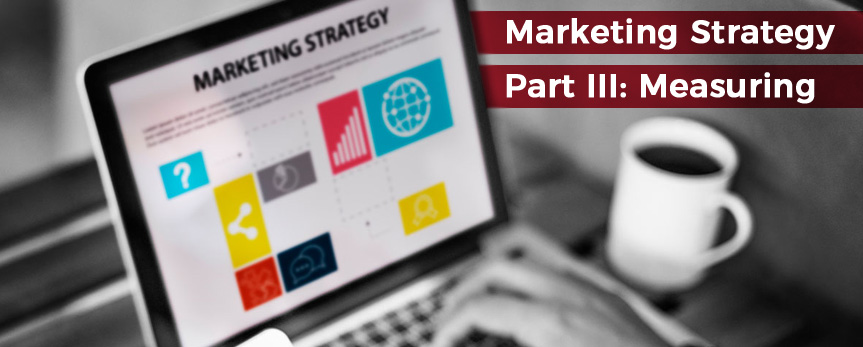I spoke about the cost of acquisition in another post that you might want to read. Managing your marketing costs effectively makes a big difference in what you take home from your business so it is well worth putting some time and effort into testing and measuring your marketing activities on an ongoing basis and creating a monthly report for yourself.
Many businesses take 2% to 5% of their revenue as a budget and then proceed to figure out how best to spend it. Others respond to the shiny offers that come their way presented by talented sales people or targeted advertising. It’s astonishing to witness the contracts some entrepreneurs have signed on to with companies such as the Yellow Pages. Thousands of dollars for zero results. Sometimes it’s the lack of technical understanding of the online space and the offer of access, often it’s the pressure to just do something.
I’m not a fan of either approach. I find it much more reliable in terms of reaching goals to build marketing from the ground up as indicated in the steps of the previous two articles.
They are essentially:
◆ know exactly who your target market is
◆ know what problem(s) you solve for them
◆ know how they get information that is relevant to them
◆ know the triggers that would motivate them to be your customer/client.
For every dollar you spend on advertising, you want to see a return on investment that exceeds your expectations. Knowing your cost of acquisition is the first step and benchmark. As you get more proficient with your marketing you can lower that number to match your most productive strategies.
The other factor you need to know is your customer lifetime value. In other words, how much money an individual client will spend with you over the time they are your customer. If on average a customer comes for example once a month over 4 years and spends $100 each time, they are worth $4,800. Your yearly revenue divided by the number of clients can give you a good indication of your customer lifetime value. If you tend to have longer standing client relationships, then, of course, you need more years to be more accurate.

So, for example, to make it simple you might run a Facebook ad campaign to generate new leads. Let’s say you invest $500 for a month including creative costs. 3,000 people view the ad. 3% click on the ad. Of those 90 folks who click on the ad, 5 decide to sign up. This means you spent $500 to get 5 new clients which in turn means you spent $100 per client.
Bringing that all together you end up spending $100 to make $4,800 in revenue. That’s a 2% cost of acquisition.
A NOTE ON TRACKING

With more and more channels available, measuring has become easier, especially of course if they are online. You often can glean a lot of invaluable information as the companies feed demographic information back to you.
If you use print advertising, you can include a code for an incentive, a tagline to be mentioned, a specific program only available on that channel. There are always ways to track efficacy.
The best way to establish accurate data, though, is to consistently ask your clients when and how they heard about you and correlate it to the corresponding marketing activity. We know that people often have to hear about a service or product multiple time through different channels before they engage. You want to establish the most accurate cost possible.
Don’t feel overwhelmed by the task at hand. If you are not doing it, just start somewhere and begin to correlate your costs with the results. It’s a lot easier than you think. And once you start you will learn so much more about your clients, and you might be surprised.
Ask your accountant to capture the acquisition costs in a way that you can easily review them. Have someone review intake notes to establish how many new clients come in each month.

ABOUT THE AUTHOR
Nicolay H. Kreidler is an entrepreneur and strategic consultant in the health and wellness space who focuses on turning around distressed businesses and re-positioning them for success.

